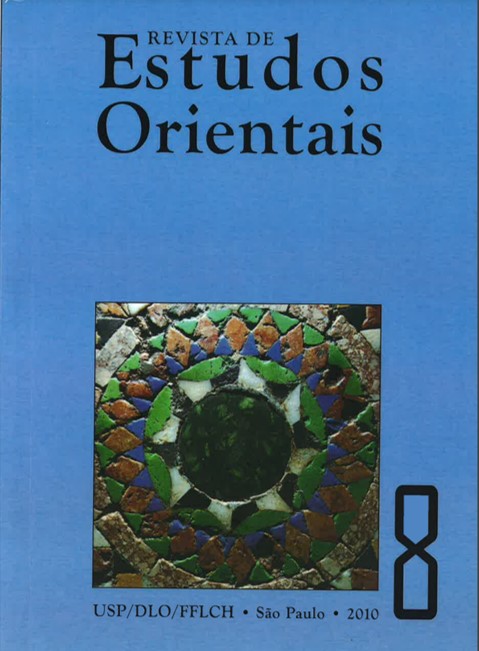La imagen de Dulcinea en el simbolismo ruso y en Fiódor Sologub
DOI:
https://doi.org/10.11606/issn.2763-650X.i8p249-263Palavras-chave:
Myth of Dulcinea, Russian symbolism, SologubResumo
The author explains the influence exerted by the novel Don Quixote in Russian symbolism and, particularly, how the image of Dulcinea crosses practically all the work of the major symbolist Feodor Sologub. Taking into consideration the impact caused by the idealist vision of the Cervantes's character in Romanticism, it is understandable that this attracted attention of symbolists or "Neo-Romantics. For that reason, the feminine ideal of Sofia of Vladimir Soloviov, understood as philosophic fundamental of the Russian symbolism, corresponds perfectly with the myth of Dulcinea. Although not mentioning Dulcinea, Sologub shows in his stories how the imperfect of the World kills the pristine beauty. A series of essays, articles and dramas culminate in the symbology of the book The Created Legend ("Tvorimaya leguenda"), where Sologub shows his fundamental idea: the transformation of life through the creator dream. Starting with the Quixote's idealization of Dulcinea, Sologub recreates a World that does not exist but which must exist, that is, Sologub does not offer a rereading of the Quixote, but the novel of Cervantes helps him to elaborate his own artistic creed.
Downloads
Publicado
Edição
Seção
Licença
Copyright (c) 2022 Jiménez Jiménez

Este trabalho está licenciado sob uma licença Creative Commons Attribution-NonCommercial-ShareAlike 4.0 International License.









